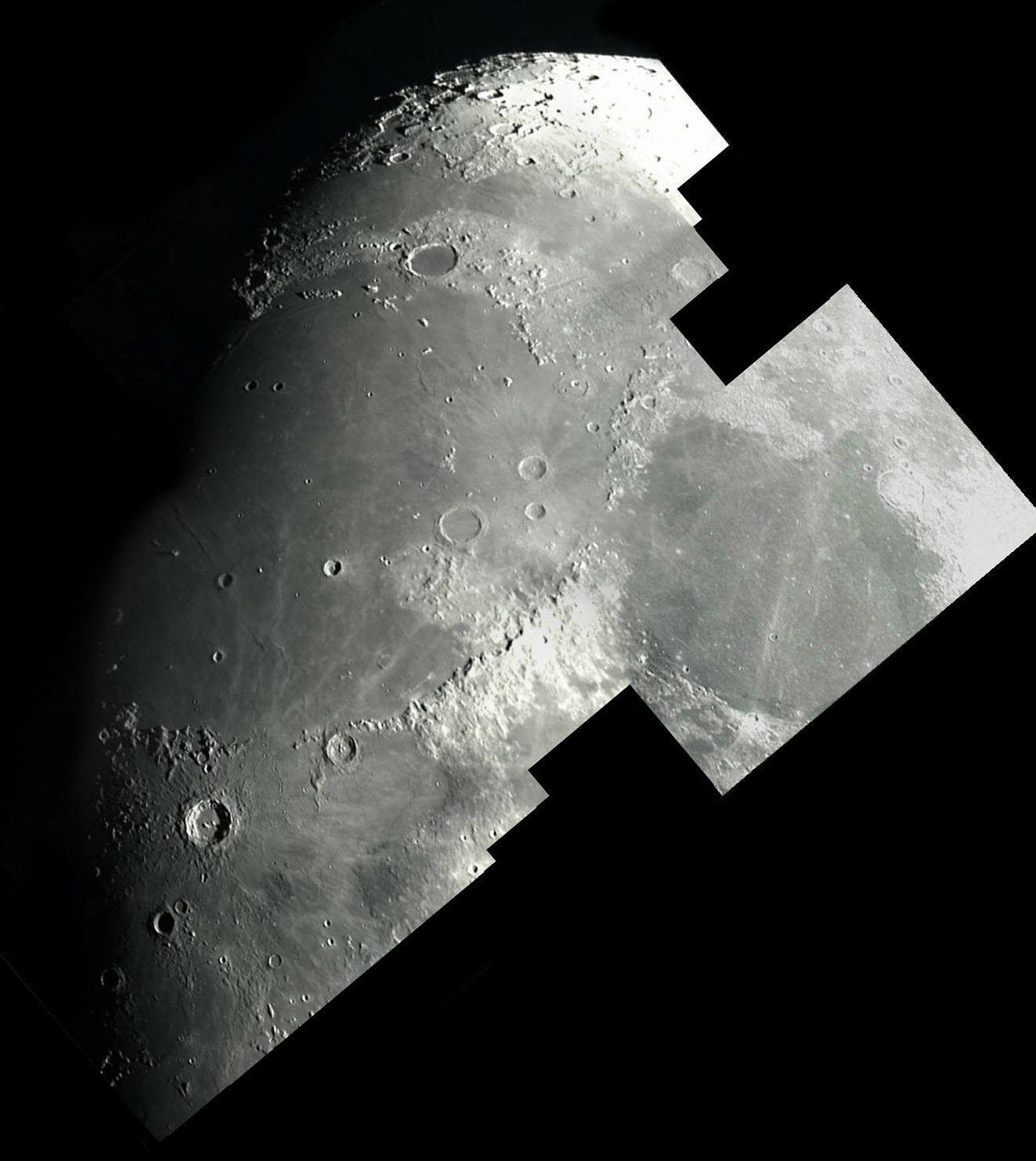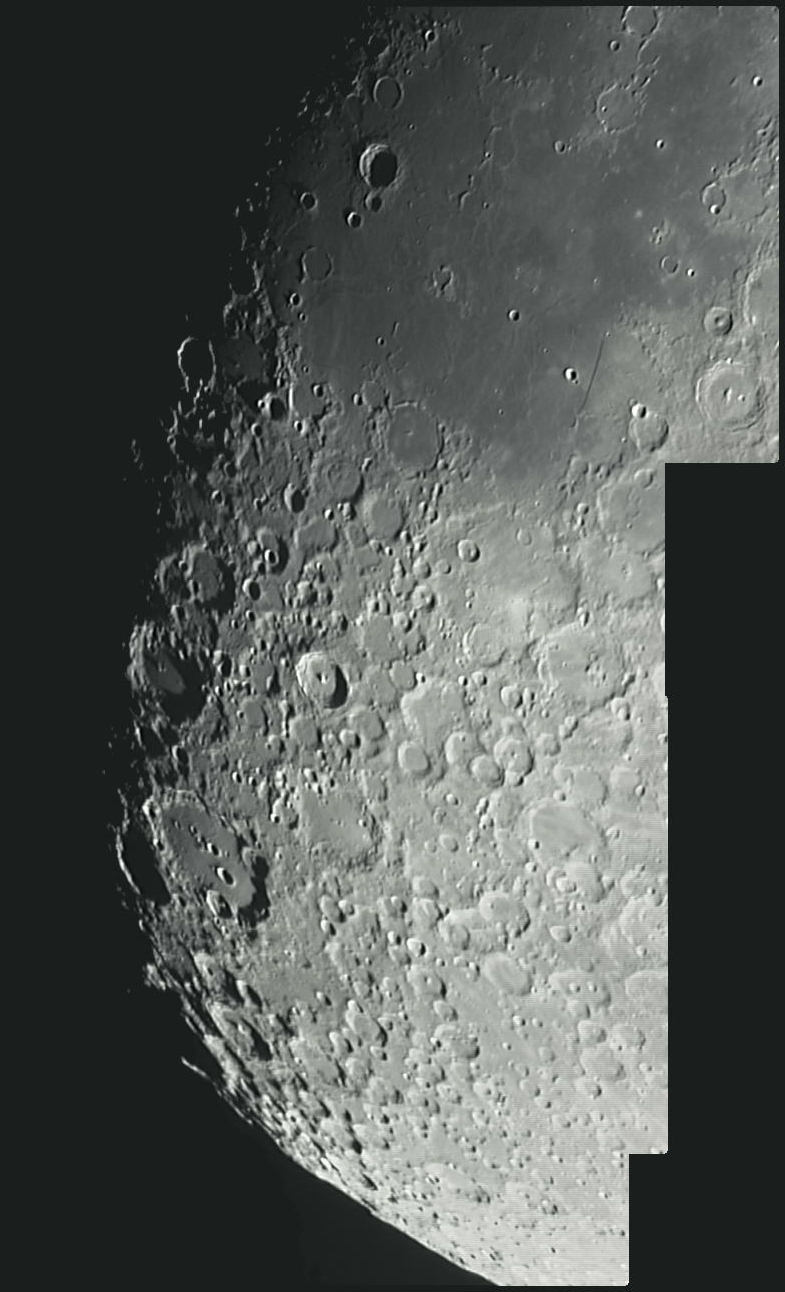1st April 2009
Whirlpool galaxy in Canes Venatici6" Newtonian, Canon 350D, 85*46seconds
Better polar alignment than 29th March allowed longer exposures
(For a comparison with the Hubble image, click here)

One frame showed a satellite track which seemed unusually short. The frame exposure was 46 seconds, indicating that the satellite was moving very slowly.
Some investigation using CalSky showed that the object was:
AMC 12 BrzTank(28528 2005-003-C).
Time = 00:30, Mag=10.3m dist: 14449.2km
ra: 13:32.8 de: +47:08
The distance of 14449km explains the slow movement.
Some research shows that AMC-12 is a Spacebus 4000 spacecraft built by Alcatel Space for service at 37.5 degrees West longitude orbital position.
AMC-12 is a high-powered C-band satellite and has 72 transponders organized into three regional beams: North America, South America and Europe/MiddleEast/Africa.
The satellite supports a wide range of applications from TV broadcasting to high-speed Internet connections.
So what is BrzTank? It looks like it might be a fuel tank or something similar that has some connection with AMC-12. More Googling required!
Update: The AMC-12 satellite is designated 2005-003A. There is an AMC-12 Brz Rocket (2005-003B) and the Brz Tank (2005-003C).
The satellite is geostationary at 35780km, but the other two parts are in elliptical orbits. The rocket varies from 6234 to 35476km and the tank 289 to 15395.
So it would appear that when a geostationary satellite is launched, the rocket and fuel tank stay in orbit for some considerable length of time.

4th April 2009
The Moon10" Newtonian, Toucam Pro II webcam
The toucam was reputed to be good for astrophotography so I picked one up from Ebay.
These mosaics are the first attempts. The joins between images was not thought out very well.
For each section a 2 minute video was made, giving about 2000 frames each. The 200 best frames were stacked in RegiStax.


8th April 2009
Seasat satelliteWhile doing some experiments on periodic error correction I took some images of Regulus. One frame had this bright satellite track.

Research on the Internet revealed that it was Seasat. It is
astounding how much information there is on satellites and their predicted
orbits.
The website 'Heavens
Above' will even plot a skymap of the satellite track as seen from my back
garden.

The image I took was timed at 22:40:15 which is incredibly close to the predicted time. The prediction is accurate to within 10 seconds.
18th April 2009
Supernova SN2009ddThis supernova was discovered on 13th April. It is around 13 or 14 magnitude and so is possible to detect with small telescopes.
It is 42 million light years from us in galaxy ngc4088 in Ursa Major. The supernova could easily be mistaken for the bright core of the galaxy,
but ngc4088 doesn't have a bright core. The smaller galaxy in the picture is ngc4085.
This website lists recent supernova discoveries.
